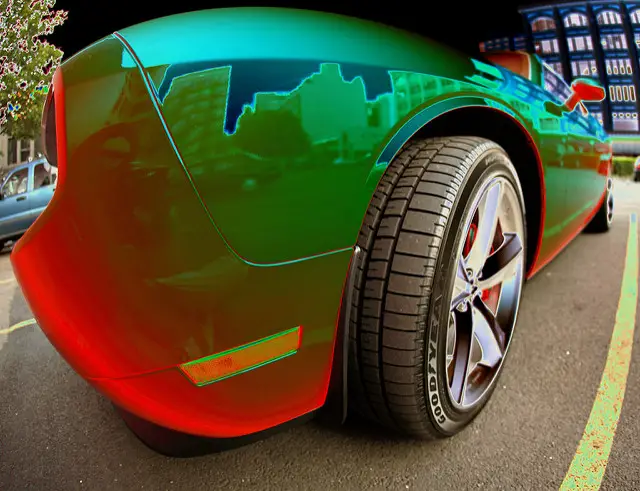‘ Buying a brand new car is one of the bigger purchases we make — not quite as big as buying a house, but significant none the less. But many people insist that it’s actually better to lease a new car. But is it really?
Buying a brand new car is one of the bigger purchases we make — not quite as big as buying a house, but significant none the less. But many people insist that it’s actually better to lease a new car. But is it really?
For many of us, money is always an issue and we can’t afford to spend it unwisely. As such, when planning to buy a new car, it’s important to get the best deal you can.
Buy, lease or hire?
There are a variety of ways to buy a new car. Of course, the simplest option is to make an outright purchase. That is, pay the advertised price and drive away owning your new car. You can also take out a lease, making monthly payments to the dealer. But then you have to hand the car back when the lease is over. You can also take out a hire purchase plan. In this case you have use of the car while you pay off the purchase price in installments. But you don’t actually own it until you make your last payment.
Let’s look at the pros and cons of each method:
Option 1: Buy
Buying outright basically means that you don’t have to plan ahead. Buying outright also relieves any strain on your monthly budget. As a result, there’s a great sense of freedom with this option. After all, the car is yours once you’ve handed your money over. And the only things you are left to pay out are running costs, such as gas, car insurance and taxes. The catch is that you need to have the money available. Yes, you could also consider paying for your car with a credit card. This provides you with payment protection and may also include rewards. However, the high interest rate you’re subjected to if you don’t immediately pay off the card is a huge drawback.
Option 2: Lease
Entering into a lease agreement with a reliable car dealer to pay a set amount each month until the purchase price is reached is another option. The bonus here is that your servicing and maintenance costs are covered during the lease period. That is, provided you stay within the stipulated mileage limit. This option eliminates depreciation worries. You also have more flexibility when it comes to payment terms, which usually range from 12 to 36 months. The catch here is, once the purchase price has been reached, the car becomes the property of the dealer once again. In other words: you ultimately pay for a car that you never own. Another potential drawback is that you typically need to make an initial deposit. Also, monthly payments may be higher than if you had bought the car outright.
Option 3: Hire Purchase
A hire-purchase contract has many similarities to a traditional lease in that you pay for the car over a set number of months; the difference is that you’ll actually own the car once the purchase price has been reached. As with a lease, you’ll still have to pay a deposit, but it’s usually significantly lower, and the interest rate is often very competitive because it’s a popular finance option for buying cars, being quick and easy to arrange. However, it’s important to do your research carefully and run the numbers, because a hire purchase plan can work out to be more expensive than a traditional lease if it’s a short-term agreement.
No matter which option you choose, you can rest assured that there’s an available finance plan for buying a new car that will most likely suit you. The bigger decision is whether you want to own the car you’ll be driving around in, or whether you’re prepared to merely be its temporary custodian.
Photo Credit: Ian Sane

I prefer leasing a car. Based on experience, I had lower monthly payments aside from lower down payment. What I like about car leasing is that I can more easily drive a new car every two or three years. It’s cool. Isn’t it?
First, if you can’t pay cash, then you can’t afford it. I’ve found that leasing is generally not the best option, however there are unique financial times (interest rates low, a flood of cars, etc.) where leasing is a better financial deal if it comes down to leasing vs. financing a vehicle. So one has to run the numbers.
Being a business owner can also turn the tables in leasng’s favor due to write’offs/taxes, etc. Also some jobs, a Realtor for example, arguably need a late model car to impress the clients. But generally if you are looking to lease, you probably cannot afford it and should be looking at an affordable use car and saving until you can buy cash.
I agree with you, Frank. I think Being a business owner is the only good reason to lease.
If you are a successful self employed consultant and obtain the car for business, lease may be the best option. Lease (rental) of business assets are typically fully deductible without depreciation, and the tax savings may exceed the nominal difference in costs.